Search
Summary 
Loading AI-generated summary based on World History Encyclopedia articles ...
Search Results
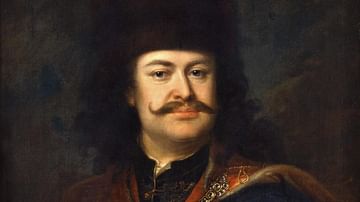
Image
Francis II Rákóczi
Portrait of Prince of Transylvania Francis II Rákóczi, oil on canvas, 1712.
Hungarian National Gallery, Budapest.
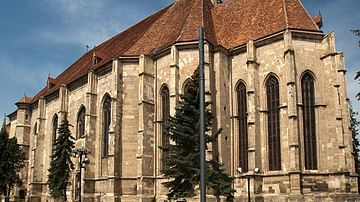
Image
St. Michael's Church, Cluj-Napoca
A photo presenting The St. Michael's Church in Cluj-Napoca, Romania. It is one of the most representative monuments of Gothic architecture in Transylvania. The foundation of the church was laid in 1316 by order of Charles I of Hungary. Image...
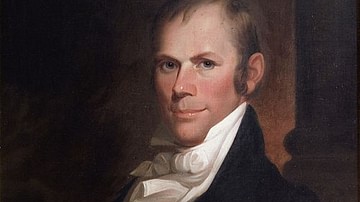
Image
Henry Clay, 1818
Portrait of Henry Clay (1777-1852) as Speaker of the House, painting by Matthew Harris Jouett, 1818.
Transylvania University in Lexington, Kentucky.
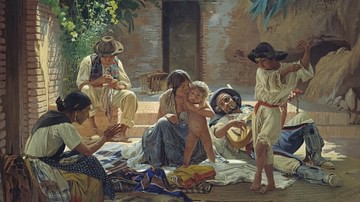
Definition
Romani
Romani is an umbrella term used to describe a diverse ethnolinguistic group of people with a historical presence in Europe and West Asia. The historically common term 'Gypsy' is based on the myth that they came from Egypt. In reality, the...

Definition
John Smith
Captain John Smith (l. 1580-1631 CE) was an English explorer, soldier, author, and early governor of the Jamestown Colony of Virginia between 1607-1609 CE. Smith had served as a mercenary in his younger years and was well-versed in military...
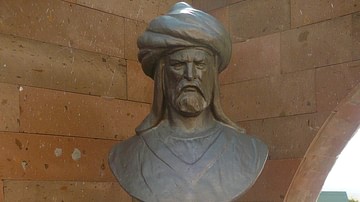
Definition
Batu Khan
Batu Khan (l. 1205-1255 CE) was a grandson of Genghis Khan and the founder of the Golden Horde. Batu was a skilled Mongol military commander and won battles from China to Persia, although his most famous exploits involve the grand Mongol...
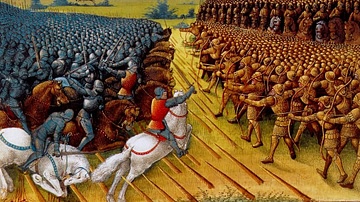
Definition
Battle of Nicopolis
The Battle of Nicopolis in September 1396 CE, also known as the Nicopolis Crusade, was an attempt by French, Hungarian, and other European allies to curb the threat of the Ottoman Turks as they pressed ever westwards into Europe. Nicopolis...
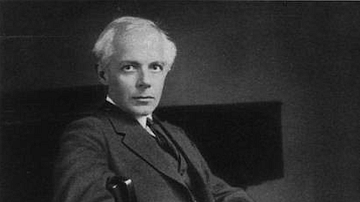
Definition
Béla Bartók
Béla Bartók (1881-1945) was an innovative Hungarian pianist and composer most famous for his classical works for piano and orchestra, string quartets, and songs, many of which present traditional Hungarian and other European folk themes...
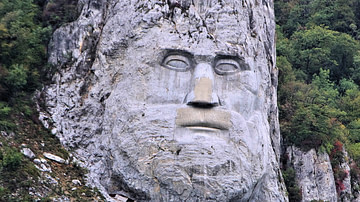
Definition
Decebalus
Decebalus (c. 87-106 CE) was the king of Dacia (roughly modern-day Romania and Moldova) who fought two wars with Rome under Trajan (in 101-102 CE and 105-106 CE) in defense of his kingdom. Trajan (r. 98-117 CE) was renewing a conflict between...

Definition
Athanaric
Athanaric (died c. 381 CE) was a king of the Thervingi Goths (better known as the Visigoths) and, according to some sources, the first and greatest king. He was of the noble Balts family of the Thervingi tribe and a relative of the later...